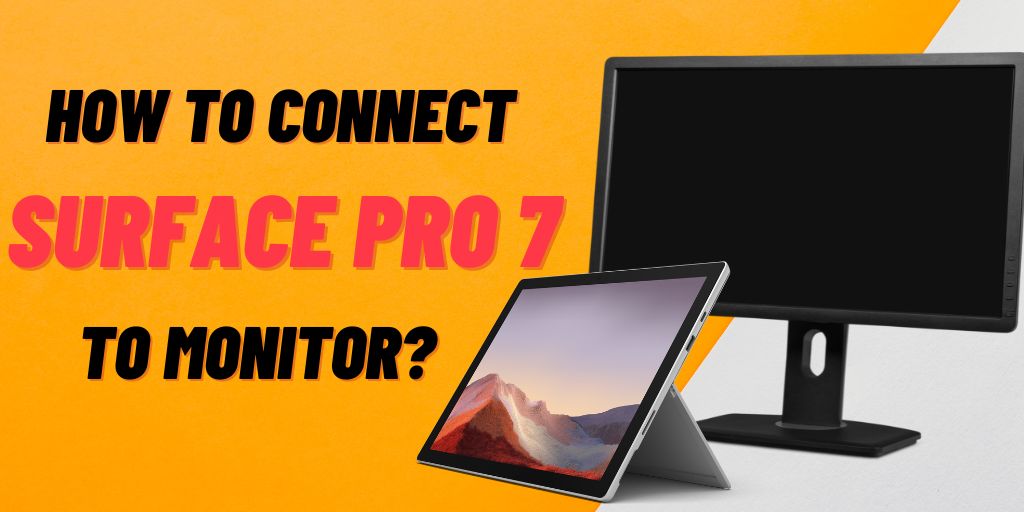The Surface Pro 7 is as thin and light as a tablet. The new Surface Pro 7 was released with Windows 10 and has good compatibility with Microsoft Office, video editing, and graphic design software. Thus, Surface Pro has become the first choice for many business users and college students.
However, if you need to have quite a few windows open simultaneously, it’s hard to please the Surface Pro with its split screen on a 12 to 13-inch screen.
An external display is generally connected to the Surface Pro using the Surface Dock and an HDMI cable. However, intricate threads restrict the movement of the Surface Pro.
This article is a guide to using a portable monitor for Surface Pro by simplifying wires and choosing the best Surface pro screen. You get a double workspace and quickly bring the dual monitor with you.
How to connect Surface Pro 7 to your Monitor?
With the release of Surface Pro 7, Microsoft replaced the Mini Display Port connector with USB-C. Although the exact placement depends on the specific Surface Pro model, most feature a USB-C port on the right side of the screen.
If your monitor doesn’t come with a USB-C cable, buy a USB-C that transfers data rather than just a USB-C charging cable.
Connect the cable and adapter to a compatible display and Surface Pro 7 (or later).
Once you connect your external display, it will be instantly detected by your Surface Pro, and you can start using the second display.
The USB Type-C port of the Surface Pro 7 supports a single cable connection.
Models launched since the Surface Pro 7 are equipped with a USB Type-C port and support DisplayPort (alternate mode), which means it can transfer power, video, data, and touch signals simultaneously. Many GeChic monitors have a USB-C (DP Alt) port that supports USB Type-C plug-and-play!
How to turn on the external display for Surface Pro?
Depending on the power requirements of the show, there are two ways to power up the outward display of your Surface Pro:
Power on the screen with Surface Pro
Portable screens are smaller than 15 inches can be powered by a 5V 2A adapter or a USB port in a laptop computer. The USB Type-C port of the Surface Pro can output 1.5 to 2 amps of power with the power cord connected. We test and find that the following monitors can run stably with enough power for the Surface Pro and a battery life of 2 to 3 hours.
If you’re hoping for more prolonged use, you can still use a power bank or adapter to power the display independently or bring the Surface Pro’s power supply adapter to keep your dual monitor running!
Do you need a second touch screen or not?
For Surface Pro users who are accustomed to operating touch, the 15.6-inch On-Lap M505T or M505I touch screen would be a good choice. Displays support 10-point touch and Windows 10/11 touch gestures. Connection requirements are only a USB Type-C cable to transmit video, touch signals, and power. You can adopt a power bank or 5V 2A adapter for the touch screen and save battery usage for Surface Pro.
What is the ideal external display size for the Surface Pro 7?
Considering the portability, the small screen size is the right fit for you. In addition, since the smaller panel has lower power consumption, you don’t have to worry about running out of battery while on the go!
Choosing an 11-13-inch external monitor similar to the Surface Pro and positioning it at the same height also creates a convenient and intuitive way to compare and reference images from 15-22 inches. In contrast, an external monitor is ideal for those who work in the office or work from home, whether You are using it as a screen to enlarge the images or run it as the main screen of your laptop.
The importance of the platform! Surface Pro tilt angle installation
All On-Lap 1306 and On-Lap M505 monitors rely on a stand with a strapless design that can accommodate the tilt angle of the Surface Pro monitor. Smoothly align the dual monitor to use the extended mode. Thus, you do not have to struggle to adjust to the inconsistencies on the left and suitable screens.
Conclusion
Using the Surface Pro 7 alongside the display is an exciting experience, especially for those eager to take their work on a larger screen. All the notebooks in the guide help make this vision a reality and produce great results.

